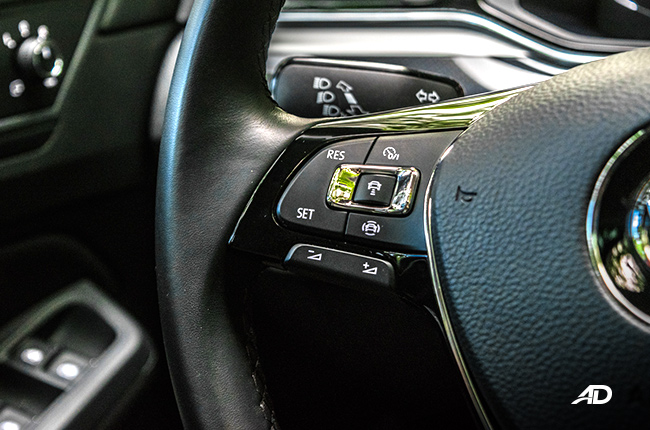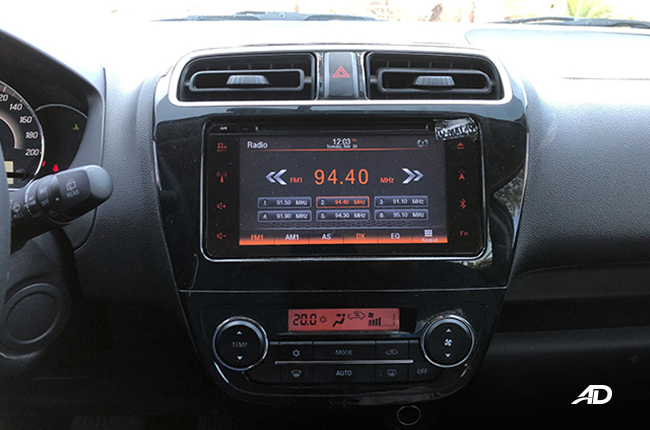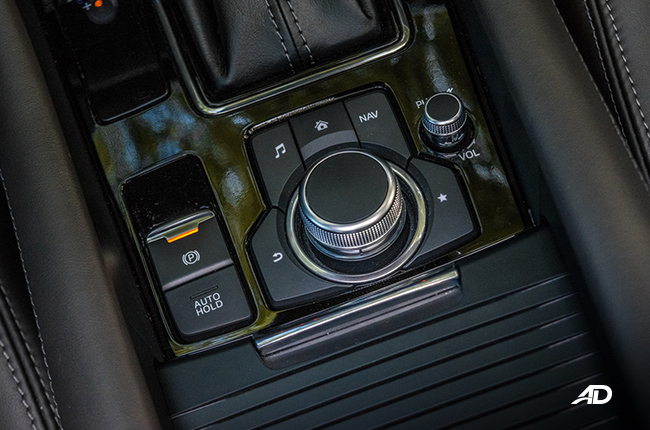
“Once you go black, you’ll never go back,” but not this kind of black. While we do find that piano black is a welcome addition to spruce up a car on the exterior, the interior is better off without it. Now those of you who like this kind of trim would probably click away from this article pronto. These plastics don’t age gracefully, and they’re not the most pleasant to touch either. We’re not condemning this kind of trim, but simply giving a few reasons and resolutions as to why it won’t work.
To preface, we think that black, in general, is a lovely color to use when you want to create contrast. We don’t hate the color, just the finish, and what can happen to it over time or after a nice sweaty-handed touch. So here are a few reasons why piano black is best for pianos and not cars.
Smudge Sponge
Imagine that, you're not even a day into the ownership of your vehicle and this material already looks dirty. It’s like a phone screen that when you touch, your fingerprints get all over the darned thing leaving smudges and all kinds of streaks that can be seen; even at a glance.
While we’re not totally fine with it, we do think that it is somewhat acceptable for the material to be inlaid into a part of the interior where human hands may never touch it, such as the dashboard or even as small design elements in a door card. The problem arises when manufacturers put this kind of material on key touch-points of a car. Places that are definite no-goes for piano black are the shifter, steering wheel, window switches, door handles and any button or knob that even has a remote chance of coming into contact with human skin.
Dust Magnet
This second entry is another nail in the coffin since it gets quite annoying knowing that you don’t even have to touch your car in order for it to get dirty. While matte and carpeted surfaces hide these small dust particles, piano black lets it show and proudly puts it on display for you to gawk at and get bewildered.
This is why we don’t prefer it, because to those of us who love to keep our interiors clean, piano black will just incite anxieties and make us feel the need to buy a microfiber towel to safely vacate these dust or dirt particles, which leads us to our next bit.
Scratch Attack
All those dust particles will make us want to wipe down the trim piece with a nice microfiber cloth to keep it clean. Doing this not only keeps your interior clean, but it also gives it scratches over time. Tiny dust particles may not be hard enough to scratch the plastic, but bits of silt, sand, or a small rock could potentially scratch your panel with ease. Also, consider if you wear any form of jewelry. When plastic comes into contact with anything metal, glass, or even diamond, don’t expect your panel to come out of it unscathed – literally.
This is due to the material being so soft. Plastic may be a durable material, but it isn't something that resists scratches all that easy. Not only will it scratch, however, it will also show those scratches quite nicely. If you have ever seen an old black car with the clear coat still intact, it is likely that there are those dreaded swirl marks on the paint of the car. This is a similar situation for the plastic, but it won’t be easy to repair – if at all.
Resolution
We would much rather have a matte finish on the interior of our cars, especially on vital touch points. While interiors don’t stay new forever, there are materials that look newer over time. Almost everything else beats this material in terms of how it looks after a certain period of time.
Longevity is key when you are buying a car. A car would undoubtedly feel newer if the interior is resistant to any form of scratching. If manufacturers really want to add a bit of shine to the interior of a car, then a good hard coat on top of shiny plastics could possibly preserve an interior panel, either that or just don’t put piano black plastics anywhere near the interior.
Latest Features
-
How to prepare your car for the Holidays / Featured Article
Here are our handy tips on how to keep you on the road and stress free this holiday season.
-
An all-electric future: The Porsche Macan Electric / Featured Article
Porsche’s Macan goes all-electric; it’s a new beast with an electrified heart, yet unmistakably Porsche in performance and spirit.
-
Which Kia should I buy? / Featured Article
We’re here to help you decide which Kia vehicle is best for you, whether it’s a sedan, crossover, or minivan.
Popular Articles
-
Electric Vehicles in the Philippines for under P1 million
Jerome Tresvalles · Aug 19, 2025
-
Top 3 Cars For Every Lifestyle—What Cars Are Right For You? | Behind a Desk
Caco Tirona · Apr 24, 2024
-
5 Tips to Maximize Fuel Efficiency
Jerome Tresvalles · Sep 09, 2024
-
Five driving habits that are draining your fuel tank
Jerome Tresvalles · Jun 24, 2025
-
Can engine braking harm your engine?
Jerome Tresvalles · Sep 11, 2025
-
Do electric cars even need maintenance?
Jerome Tresvalles · Oct 23, 2024
-
Best vehicles for an active outdoor lifestyle
Shaynah Miranda · Jul 25, 2024
-
How to drive different types of vehicle transmissions
May 23, 2024
-
5 easy ways to keep your car interior clean
Allysa Mae Zulueta · Nov 15, 2021
-
How to survive Metro Manila traffic
Earl Lee · Aug 16, 2022













